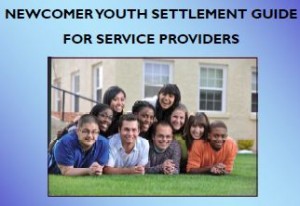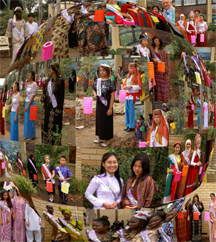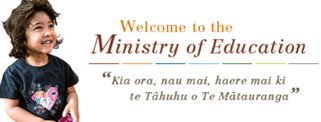There are unique teaching and learning considerations when designing instruction for refugees with limited schooling.
Personalized learning plans for each student:
- Reporting of students’ background, interests and strengths; academic/diagnostic data analysis; short and long term goals; and strategies and instructional supports
- Native language strengthened and utilized when possible to access prior knowledge and transfer skills to the learning of English
- Condensed curriculum that can catch students up to their grade levels in core content
- Thematically organized curriculum that crosses discipline areas – with more time on fewer topics
- Component skills of literacy and numeracy taught systematically, but in an integrated fashion
- Use of digital resources, assistive technologies and attention to computer literacy
- Use of ESL methodologies including total physical response (TPR), Language Experience Approach (LEA), the Natural/Communicative Approach, the Sheltered Instruction Observation Protocol (SIOP).
A handbook, Promoting Positive behaviour and learning: assisting refugees, produced by the New South Wales Department of Education and Training, offers practical advice for use at both primary and secondary levels. It provides background information, practical ideas and materials to help manage challenging behaviour at school. This booklet encourages the combination of a broad-based whole school approach, community involvement and good classroom practice to engage and support refugee students and their families, and promote positive student behaviour and learning.
Newcomer Youth Settlement Guide for Service Providers
This Guide, funded by Citizenship and Immigration Canada and produced by the Ontario Council of Agencies Serving Immigrants, indentifies settlement challenges faced by immigrant and refugee youth and proposes steps to address the challenges and make youth settlement service provision more effective.
BRYCS serves as a clearinghouse of information related to best practices in services for refugee children and youth in the United States. There are over 100 “promising practices” school programs recorded in the BRYCS searchable database. Although this is an American site and the funding sources are particular to regions, the innovative ideas being described are inspirational and could be copied and implemented within the Albertan/Canadian context.
This resource was prepared by the Victorian Foundation for the Survivors of Torture in the state of Victoria, Australia. It provides extensive background information about the impact of the refugee experience on learners and offers numerous practical suggestions for supportive teacher practices. The remainder of the guide presents tools for assessing and building a school’s capacity for supporting refugees in the areas of school policies and practices, school curriculum and programs, school organization, ethos and environment, partnerships with parents, and partnerships with agencies. Although specific suggestions clearly are for the Australian context, there are a lot of useful ideas.
Interventions for Refugee Children in New Zealand Schools: Models, Methods, and Best Practice
This review looks at different models, methods and best practice for intervening with refugee children in New Zealand schools. It examines the literature on refugee trauma, loss and grief and second language concerns, resilience, issues of migration, school and teacher effects, and conceptual and policy issues. It also discusses a range of best practices for refugee children within schools. Of particular interest are chapters 3 on language acquisition and 6 on school and teacher effects.







